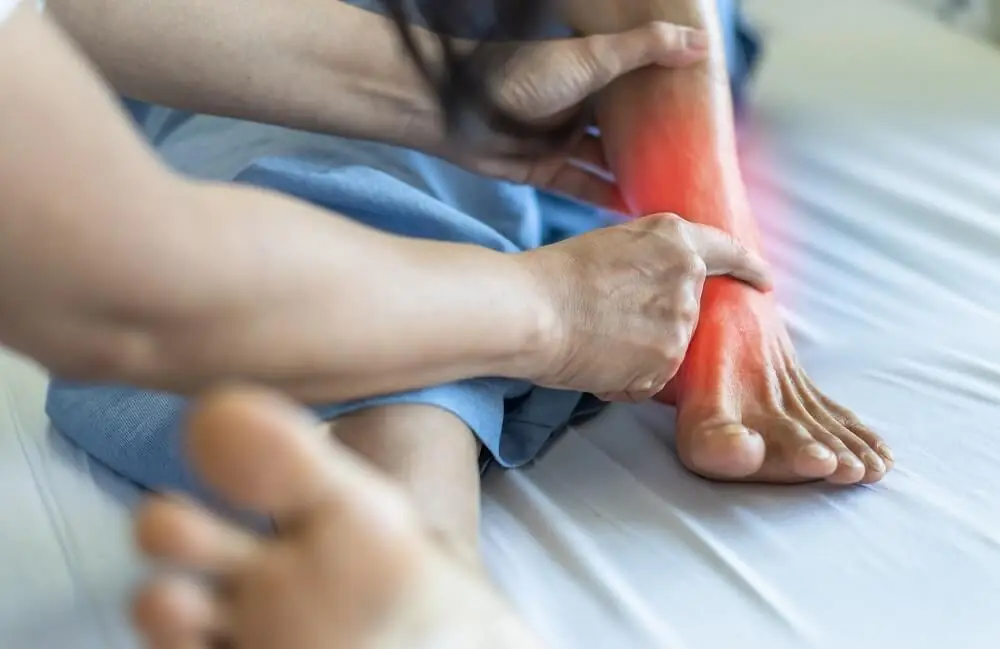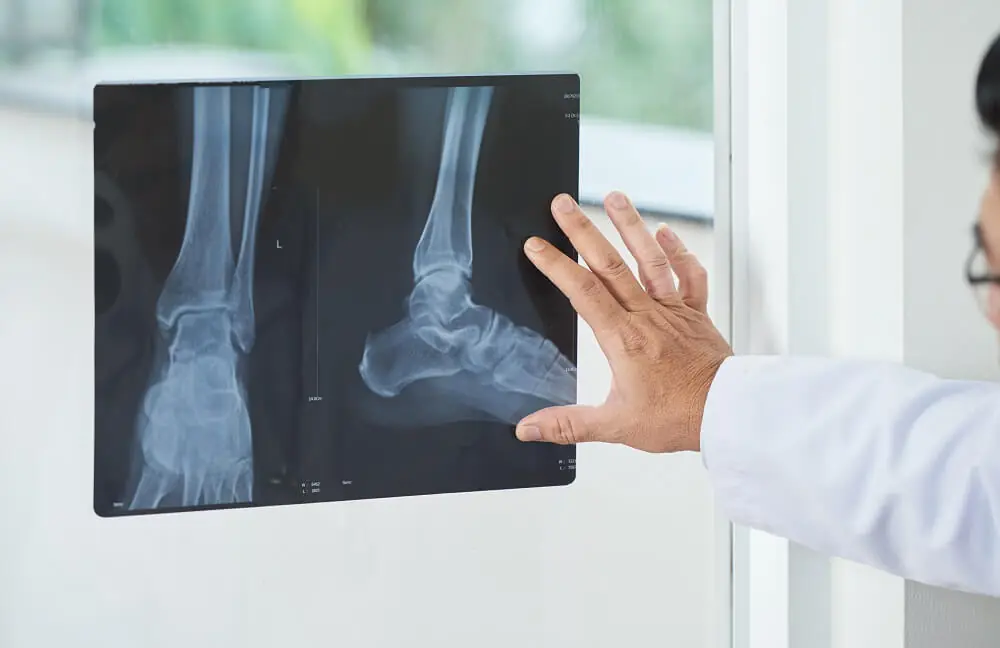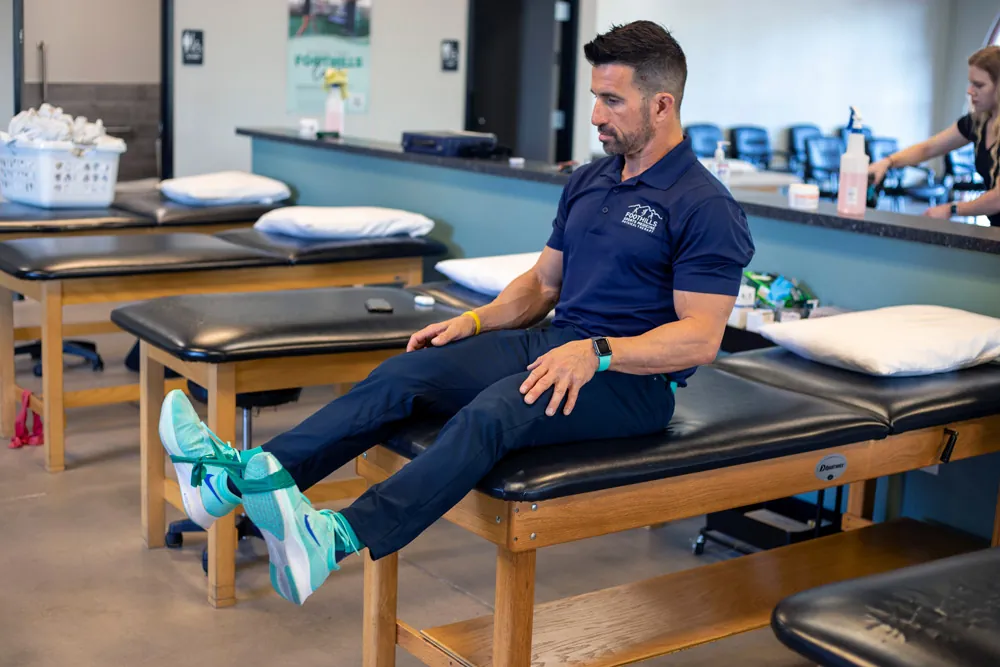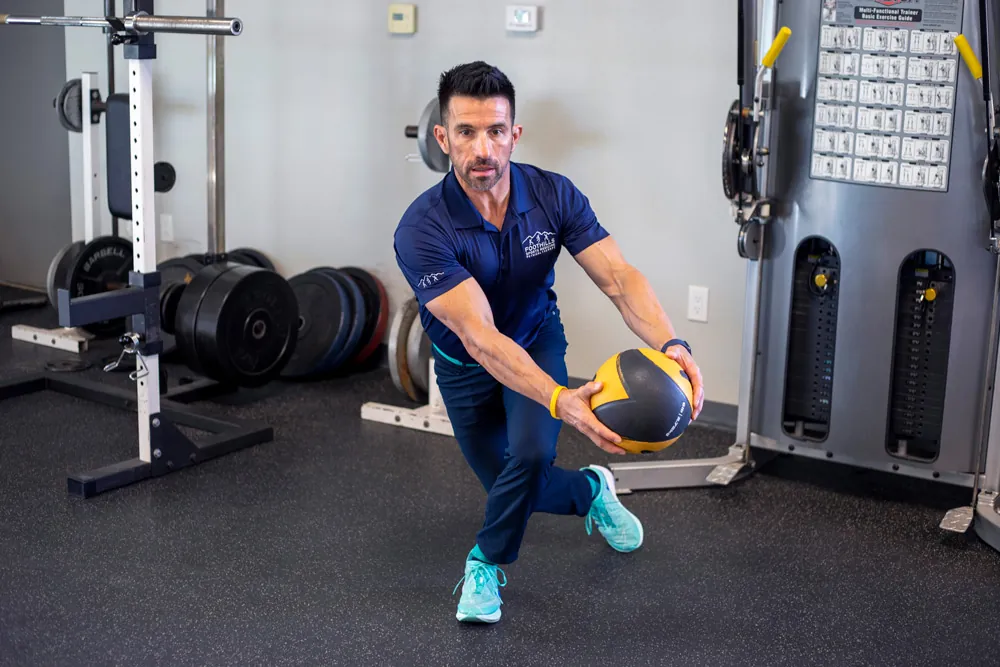by Dr. Mira Pandya, DPM
Do you ever feel as if your ankle is going to “give out” during your day-to-day or athletic activities? Have you suffered from repetitive ankle sprains throughout your childhood and/or adult life? Do you experience persistent discomfort and swelling to your outer ankle?
If you answered “yes” to any of these questions, then you may be suffering from lateral ankle instability.
What exactly is lateral ankle instability?
Lateral ankle instability is a condition caused by recurrent ankle sprains of the outer (lateral) side of the ankle. Ligaments are made up of strong, fibrous tissue that connects and maintains the appropriate alignment of bones. An ankle sprain occurs when there is an increased stretch across the ligament. The stretching force can cause small tears to complete tears of the ligaments. If treated inappropriately, this can lead to “loosening” or “laxity” of the ligaments that stabilize the ankle, increasing the risk of future ankle injuries.
Why is this important?
The lateral ankle ligaments are your first line of defense to protecting your ankle during inversion injuries (ankle turning inwards). When these ligaments are unstable and not functioning appropriately, you are at an increased risk of cartilage damage, tendon and ligament injury, ankle arthritis, or an ankle fracture.
Symptoms of Lateral Ankle Instability:
- Repetitive “turning in” of the ankle, especially on uneven ground or during activity/sports
- A feeling of “wobbliness” or instability of the ankle
- Persistent discomfort and swelling of the outer ankle
- Continued outer ankle pain
Although the above symptoms most often occur during activities such as walking, running, and sports, they can also be experienced with simple day-to-day tasks. Chronic ankle instability can affect people of all ages and activity levels.
Diagnosis of Lateral Ankle Instability:
When being evaluated for lateral ankle instability, your history of previous ankle injuries plays a significant role. Additionally, your doctor will perform a thorough evaluation and specific tests to evaluate the stability of the ankle. X-rays of the ankle are also helpful to evaluate for any chronic bony changes that may have occurred from this condition. Advanced imaging such as MRI or other studies may be ordered to further evaluate the ligaments and the ankle joint.
Nonsurgical Treatment:
Treatment for lateral ankle instability varies based on the patient, the results of their exam and test, and on their activity. Some treatment options include the following:
- Physical therapy: Various physical therapy modalities and exercises may be used to strengthen your ankle and the ligaments, improve your balance and retrain the ligaments and muscles of the lower extremity. If you are an athlete or participate in a specific sport or activity, your therapist may create a specific plan to help you return to sport.
- Bracing and taping: An ankle brace or taping (which can be performed by a physical therapist) may be needed to provide additional support to the ankle during specific activities to prevent the ankle from turning inwards.
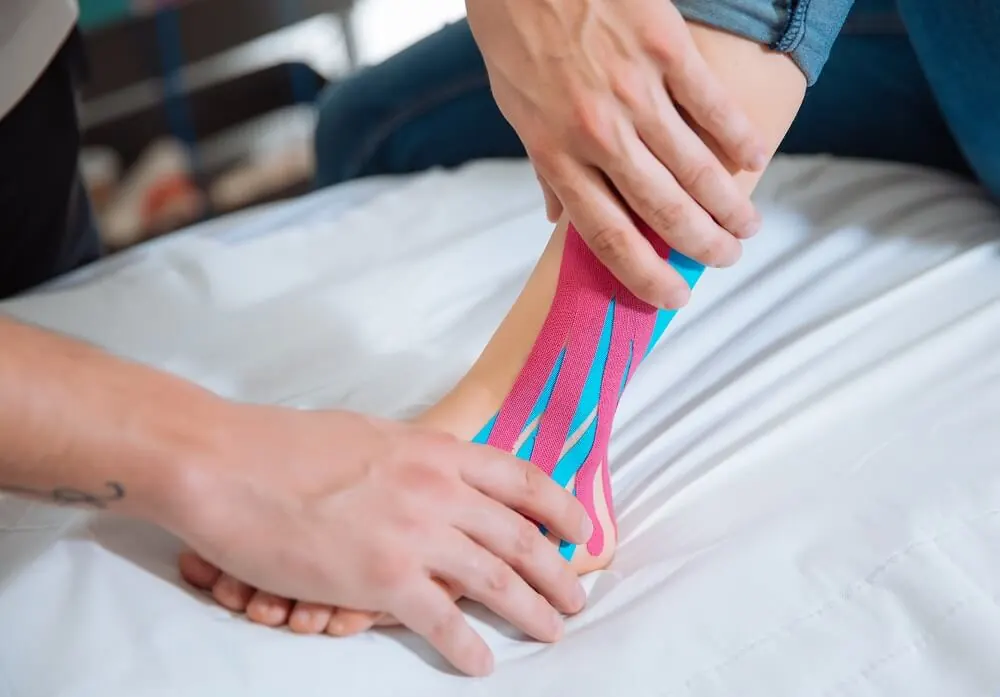
- Medications: Anti-inflammatories may help reduce pain and inflammation when symptoms occur.
Surgical Treatment:
If symptoms do not improve with nonsurgical treatment, surgery may be recommended. Surgery usually involves repair and/or reconstruction of the affected ligaments. The surgeon’s recommended procedure may vary based on the patient’s specific case and the severity of the instability. Recovery time varies and depends on the procedures performed. A period of immobilization is typical following surgery. You may be placed in a protective boot or a cast while recovering from surgery. Physical therapy and appropriate rehabilitation are key to a full recovery and returning to function.
Dr. Pandya is an expert podiatric surgeon who specializes in treating foot and ankle conditions in adults and children. If you wish to be advised on the most appropriate treatment, please call (877) 821-4657 to schedule an appointment or request an appointment online.
If you are seeking or are scheduled for a surgical ankle procedure, don’t wait to seek a pre-and post-physical therapy consultation, contact a Foothills physical therapist for a free injury assessment.
About the Author:
Dr. Mira Pandya is a board-certified fellowship-trained podiatric surgeon who specializes in treating foot and ankle conditions in adults and children. She completed her foot and ankle surgery fellowship at the South Central Pennsylvania Reconstructive Foot and Ankle Fellowship in Lancaster, PA. Throughout her fellowship training, she treated an array of complex foot and ankle conditions including post-traumatic deformities, painful arthritis, nerve entrapments of the lower limb, sports injuries, flatfoot/cavus foot deformity, and ankle instability. She has extensive training in ankle arthroscopy, minimally invasive techniques, and uses state-of-the-art technology and advanced techniques to improve patient outcomes. She is dedicated to patient education and believes a team-based approach including both surgical and conservative management optimizes patient care. Dr. Pandya completed her surgical residency in Washington, DC at MedStar Georgetown University Hospital/Medstar Washington Hospital Center, a level I trauma center and home to the renowned limb salvage institution. She has been involved with several research studies and publications that have been presented at conferences nationally and internationally. She completed her podiatric medical education at Rosalind Franklin University of Medicine and Science in North Chicago, IL.

